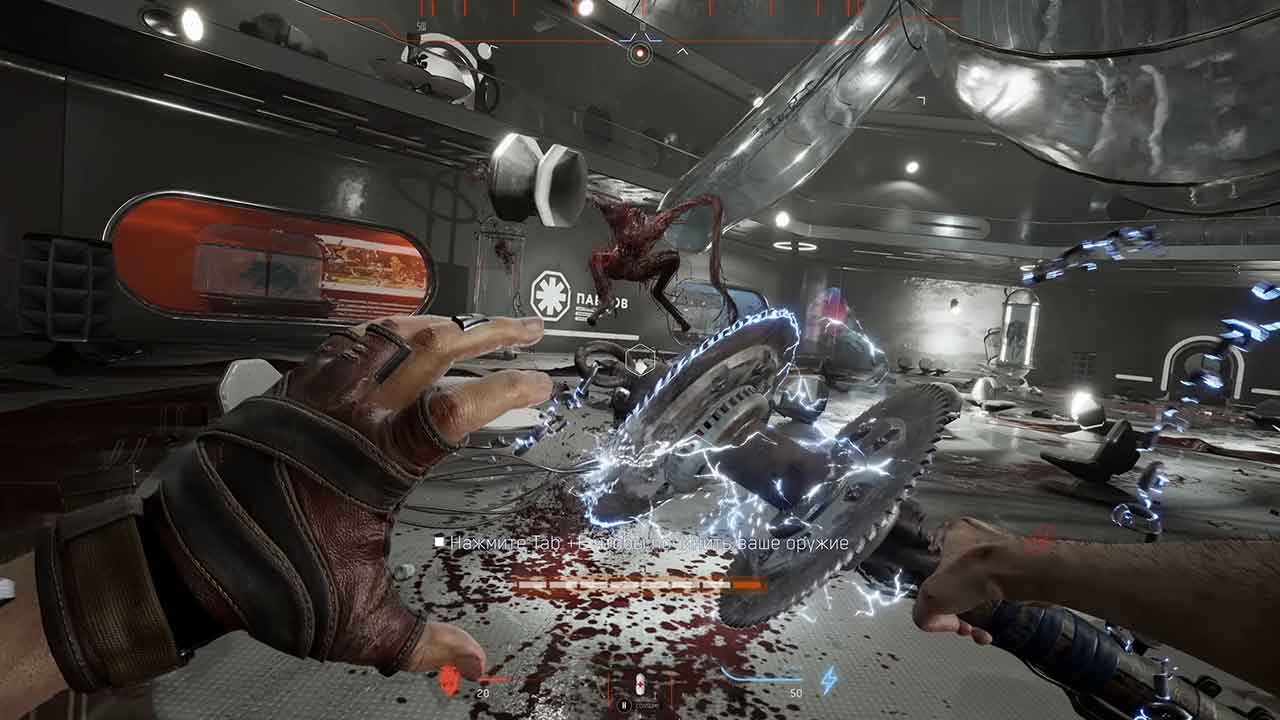

The script is not provocative it’s just covering up a lack of substantial character development. His interactions with the sexually frustrated crafting machine are especially painful, and the rest of the cast isn’t much better. He talks a lot – and it’s usually to complain about something. P-3 is an angry military man who is constantly yelling, cursing, and using witless sarcasm. Most of the dialogue ranges from irritating to downright unbearable. The sprawling overworld of the Kazakh mountains also feels large without being empty plenty of surprising secrets and environmental variety supplement the close-quarters fights and spatial reasoning puzzles of the underground levels.Ītomic Heart’s biggest problem, however, is its writing. Meticulous attention to detail is seen in everything from the communist architecture to the internal components of robots, and it really makes the game’s what-if scenario seem plausible. From the very first scene, the game wows you with its exceptional production values. The world of Facility 3826 is also gorgeously realized with Atomic Heart’s sublime art direction. I wouldve preferred that the gameplay had stayed true to the vision of its. Battles are both dangerous and satisfying, and the diversity of opponents keeps combat engaging. Atomic Heart is clearly a very ambitious game, and its world and art design match that ambition without compromise. Enemies have particular weaknesses that can only be exploited with clever combinations, like covering a plant-based mutant with accelerant gel before setting it aflame with incendiary rounds. Instead of stealth, hacking, and environmental traps, Atomic Heart demands faster and more reactive shooting to curb the attackers’ superior numbers. P-3 has access to uniquely upgradable weapons and elemental abilities, but combat is less like BioShock than it may sound.


 0 kommentar(er)
0 kommentar(er)
